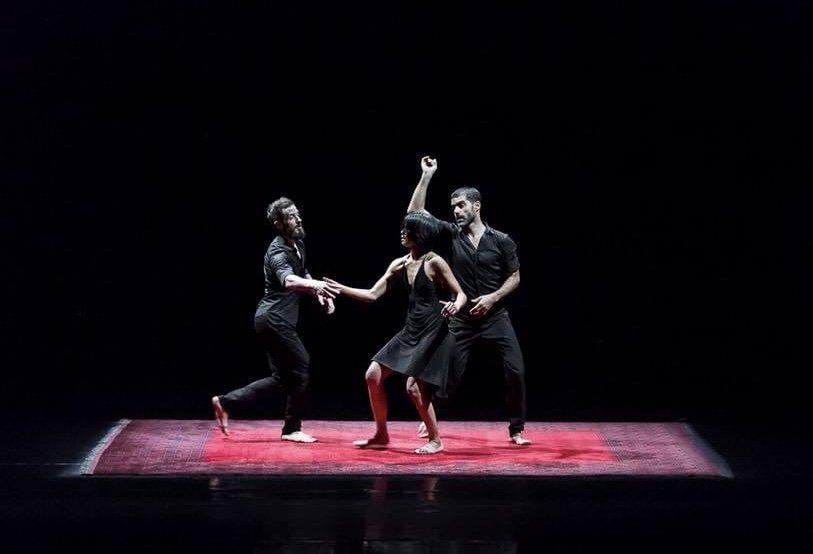Improvisational tools, practices and methods, are a frequent go to approach when it comes to contemporary dance and choreography. Similarly to musical practices, they tend to explore the ability to produce coherent and meaningful content, outside from the habitual compositional traditions with their tendency to set, fix and produce a detailed pre practiced score, preceding the moment of execution.
Most improvisational outputs, add up to nothing more than a sort of blah blah blah. Many times, these are separate layers of blah blah blah, one on on top of the other, producing one big blah blah blah structure.
The use of improvisational content, requires a clear balance between two primordial aspects of any kinetic structure, the Fix and the Flow.
When musicians improvise, be it in the old tradition of western classical music, eastern music, jazz and so on, they do so within a clearly established, practiced and recognized framework. Rhythmically, harmonically, melodically etc. They are actually framed by concrete points of reference, which allows them to manufacture a flow of improvisational content that is well measured, coherent and in direct dialogue with a multitude of aspects that are in themselves, fixed, recognizable and agreed upon. These aspects are bound to a specific tradition, a well defined musical style and a shared knowledge of the context in which the improvised content is being generated.
Contemporary dance has always been eager to free itself from the shackles of western classical, neoclassical and modern dance, with their set and rigid choreographic scores. Improvisation as a method to produce dancing content in real time, as well as choreographic structures, has been a frequent manner in which contemporary dance makers have tried to answer this question.
The problem, more often than not, lies in the fact that there is usually too little, and in most cases non, fixed elements to be able to sustain, support and give meaning to the improvisational flow.
In other words, the lack of a clearly established, practiced and recognized choreographic framework, renders the improvised content into nothing more than white noise. Movements as blah blah blah. A sort of self therapy. Nothing that can be interesting to look at, contemplate or engage with..
The incorporation of improvisational content into a choreographic context, requires immense clarity, as well as pre established knowledge and mastery of the choreographic thing. Both by the choreographer and the dancers.
The spaces where improvisational thinking and doing can flourish, are opened only when the choreographic environment serves as solid banks to the improvisational river flowing between them. There can’t be a meaningful flow of improvised content, being, action and information, without a pre established and well structured choreographic context and a deep understanding of the thing taking place by everyone involved.
That being said, a choreography that do not contain a multitude of improvisational layers, spaces, aspects etc, is a dead choreography. The two go hand in hand. They not only balance each other, they literally create one another while giving life and meaning to each other.
